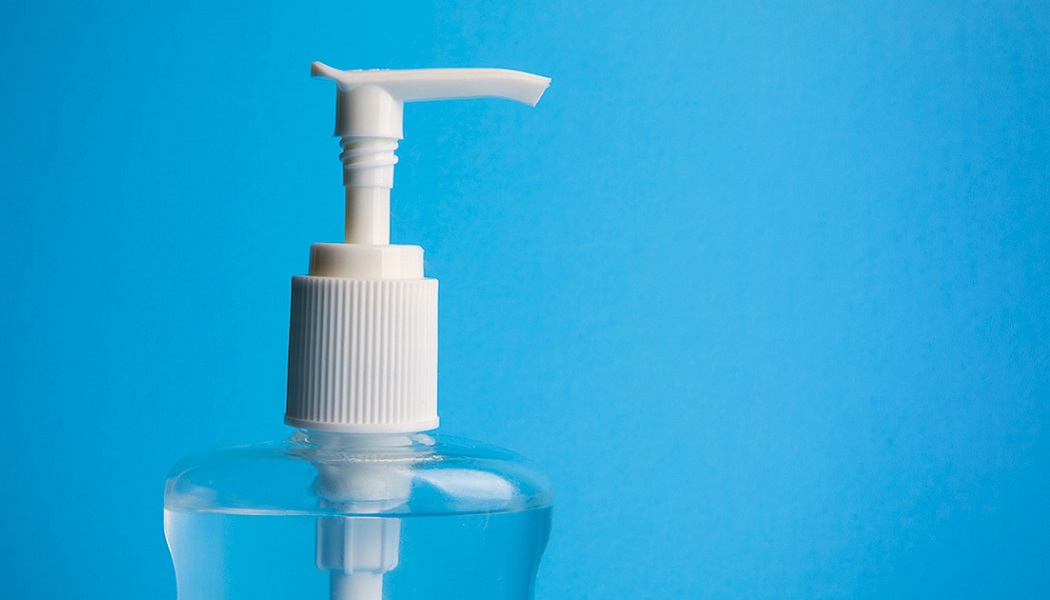Museums, like all organisations, are having to take stringent measures to ensure the safety of staff and visitors in the midst of the Covid-19 outbreak. One step people directly handling collections should not necessarily be taking, however, is using hand sanitiser.
This follows a study, published by the Library of Congress’s Preservation Research and Testing Division, assessing the impact or effect any such solutions had on artefacts.
To determine the potential damage to paper-based collection materials, two classes of sanitisers – alcohol-based and water-based – were examined against several paper varieties often found in archives and collections. Five manufacturers’ sanitisers were tested against paper samples including newsprint, calendared and gloss-coated.
The experiment saw paper coated in hand sanitiser, allowed to dry, and aged in conditions of 90ºC and 50% relative humidity. This method was employed to increase the rate of degradation according to the TAPPI 544 standard.
The results from colorimetry measurements indicated that alcohol-based hand sanitisers caused more significant changes in colour than water-based alternatives. An increased level of yellowness for coated paper varieties was also observed.
The best performing of all the sanitisers in not degrading the samples was a water-based formulation with the fewest ingredients. This particular test showed ‘minimal to no detectable colour difference’.
The conclusion of the study was that hand washing is always preferable due to the removal of certain oils, but if sanitisers continue to be offered at libraries and cultural institutions then water-based formulations should be the variety selected.










